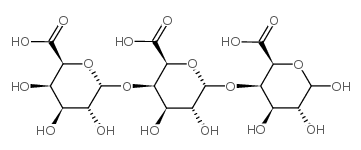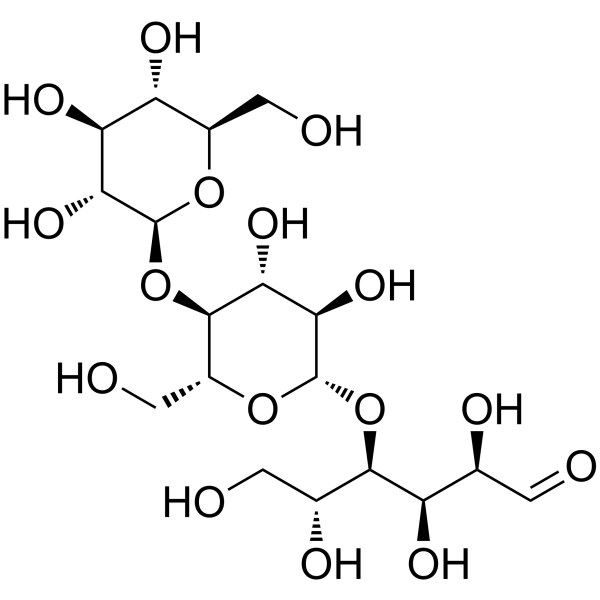| Structure | Name/CAS No. | Articles |
|---|---|---|
 |
Trigalacturonic Acid
CAS:6037-45-2 |
|
 |
6-Deoxy-L-mannosehydrat
CAS:10030-85-0 |
|
 |
D-(+)-CELLOTRIOSE
CAS:33404-34-1 |